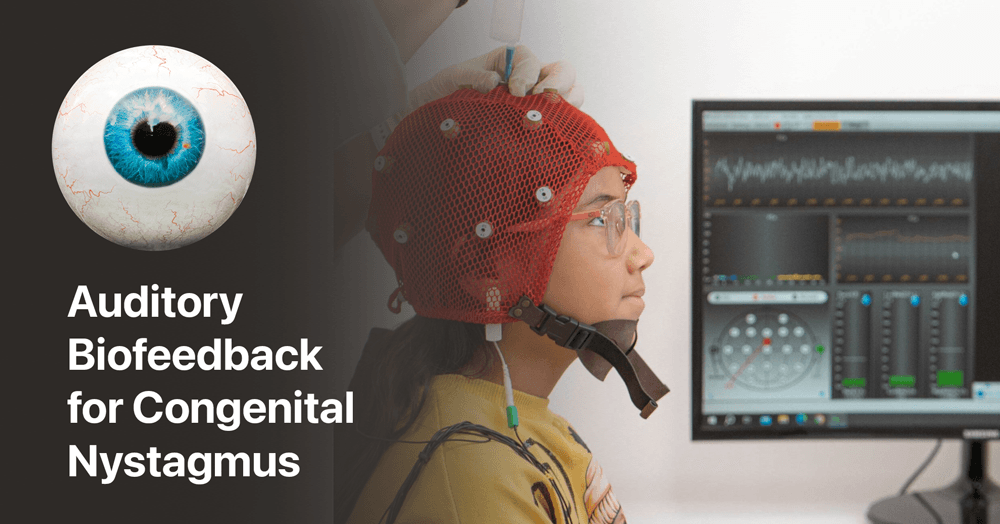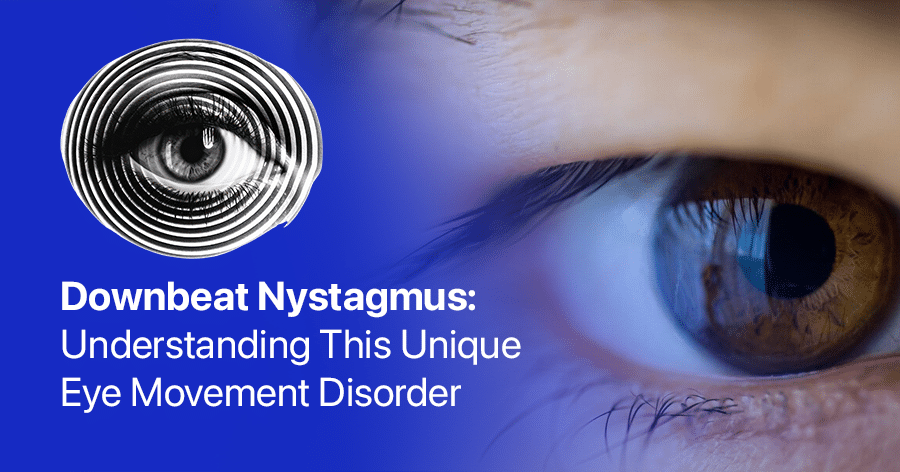
Nystagmus Surgery: 5 points to consider
Nystagmus, a condition characterized by involuntary eye movements, can significantly impact a person’s vision and quality of life. While various treatment options exist, nystagmus surgery has emerged as a potential solution for some patients. In this comprehensive guide, we’ll explore the intricacies of nystagmus surgery, its benefits, limitations, and what patients can expect.
Understanding Nystagmus
Before delving into surgical interventions, it’s crucial to understand what nystagmus is. Nystagmus is a visual condition where the eyes make repetitive, uncontrolled movements. These movements can be horizontal, vertical, or rotatory and can vary in speed and intensity. Nystagmus can be congenital (present at birth) or acquired later in life due to various factors.
The Role of Surgery in Nystagmus Treatment
Contrary to common misconceptions, it’s important to note that surgery cannot cure nystagmus or completely stop the involuntary eye movements. However, surgical interventions can play a significant role in managing the condition and improving visual function for some patients.
Key Points About Nystagmus Surgery:
- Muscle Repositioning: The primary goal of nystagmus surgery is to reposition the muscles that control eye movement.
- Null Zone Optimization: Surgery aims to reduce the head turn required to achieve the “null zone” – the position where nystagmus is minimized and vision is clearest.
- Improved Comfort: By reducing extreme head positions, surgery can make it more comfortable for patients to maintain their optimal visual position.
- Individualized Approach: Not all patients with nystagmus are suitable candidates for surgery, and outcomes can vary.
The Surgical Procedure
Nystagmus surgery typically involves adjusting the extraocular muscles – the muscles responsible for eye movement. The specific technique used can vary depending on the patient’s unique nystagmus pattern and the surgeon’s expertise.
Common Surgical Techniques:
- Recession and Resection: Involving the lengthening or shortening of specific eye muscles.
- Tenotomy: A procedure that involves cutting the tendon of an eye muscle and reattaching it.
- Artificial Divergence: Creating a slight outward alignment of the eyes to reduce nystagmus intensity.
Candidacy for Nystagmus Surgery
Not everyone with nystagmus is a suitable candidate for surgery. Several factors are considered when evaluating a patient for surgical intervention:
- Age: Surgery is typically not recommended until a child is older and their null zone has stabilized.
- Null Zone Stability: A consistent and well-defined null zone is crucial for surgical planning.
- Type and Severity of Nystagmus: Some forms of nystagmus respond better to surgery than others.
- Overall Health: As with any surgical procedure, the patient’s general health is a key consideration.
Benefits and Limitations of Nystagmus Surgery
Potential Benefits:
- Reduced head turn to achieve the null zone
- Improved visual acuity in primary gaze
- Enhanced comfort in maintaining optimal head position
- Potential improvement in visual function and quality of life
Limitations:
- Does not cure nystagmus or stop eye movements completely
- Results can vary among patients
- Possible need for additional procedures or adjustments
- Risks associated with any surgical intervention
Post-Surgical Care and Expectations
Recovery from nystagmus surgery typically involves:
- Short-term eye patching: To protect the eye and promote healing.
- Eye drops: To prevent infection and reduce inflammation.
- Follow-up appointments: To monitor healing and assess the surgery’s effectiveness.
- Gradual adaptation: Patients may need time to adjust to their new eye position.
Stay Informed with “The Nystagmus Book”
If you’re looking to deepen your understanding of nystagmus and stay up-to-date with the latest research and management strategies, I invite you to check out my book, “The Nystagmus Book.” This comprehensive guide contains all the legitimate, up-to-date information about nystagmus as of 2024, including the most recent research findings and best practices for managing the condition.
In a world where misleading information about nystagmus is unfortunately common, “The Nystagmus Book” offers a reliable, science-based resource. It’s packed with practical tips, the latest treatment options, and insights from my 20+ years of research in the field. Whether you’re living with nystagmus, caring for someone who is, or simply want to learn more about this condition, this book is an invaluable resource.




